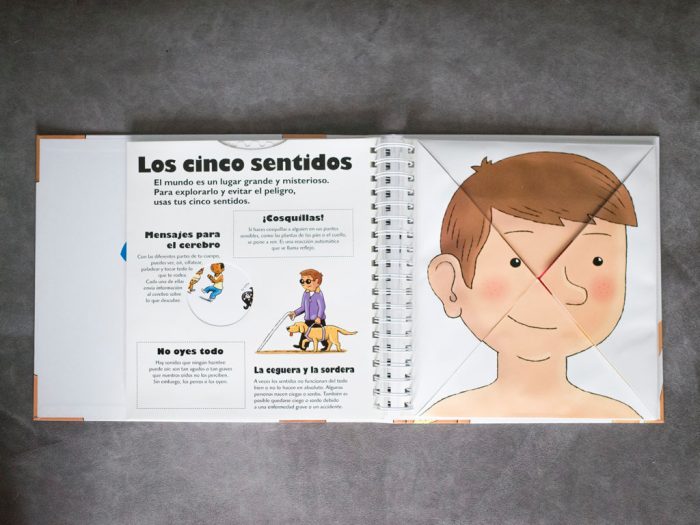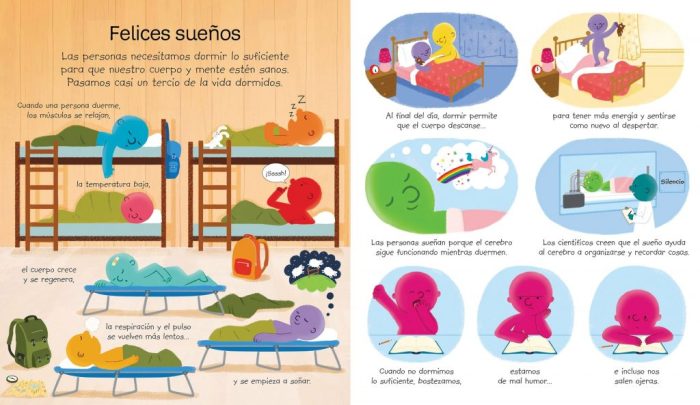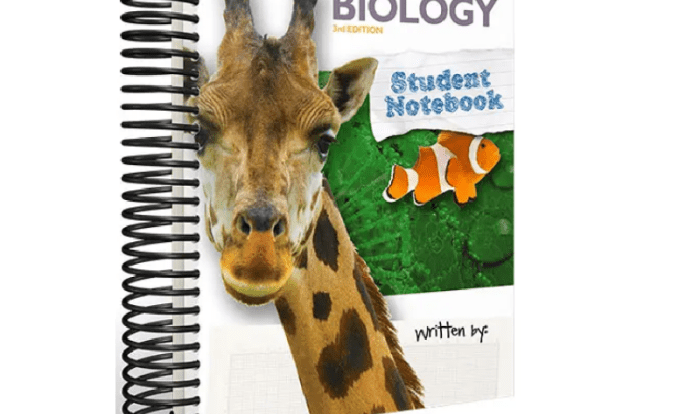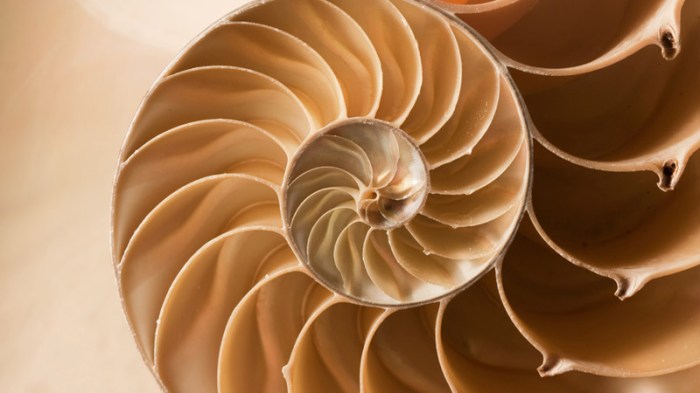Embark on a fascinating journey through the intricacies of the human body with El Cuerpo Humano Leccion 10. Delve into the interconnected systems that orchestrate our existence, from the skeletal framework to the intricate workings of the nervous system. This comprehensive guide promises to illuminate the wonders of human biology.
As we unravel the secrets of each system, we’ll explore the structure, function, and vital roles of organs, muscles, and tissues. Learn how the body maintains its delicate balance, adapts to its environment, and sustains itself through essential processes.
El cuerpo humano
The human body is a complex system of organs, tissues, and cells that work together to maintain life. It is composed of 11 major systems that work in harmony to perform various functions essential for survival.
The major systems of the human body include:
- Skeletal system
- Muscular system
- Nervous system
- Endocrine system
- Circulatory system
- Respiratory system
- Digestive system
- Excretory system
- Reproductive system
- Immune system
- Integumentary system
Each system is responsible for specific functions, and the proper functioning of all these systems is crucial for overall health and well-being.
Skeletal System
The skeletal system provides support, protection, and movement to the body. It consists of bones, cartilage, and joints. The bones protect vital organs, facilitate movement, and store minerals. Cartilage provides flexibility and cushioning, while joints allow for movement between bones.
Muscular System
The muscular system allows for movement, posture, and heat production. It consists of muscles, tendons, and ligaments. Muscles contract and relax to produce movement, while tendons and ligaments connect muscles to bones and provide support.
Nervous System
The nervous system controls and coordinates all bodily functions. It consists of the brain, spinal cord, and nerves. The brain processes information, sends signals to the body, and controls thoughts and emotions. The spinal cord transmits signals between the brain and the rest of the body, while nerves carry electrical signals throughout the body.
Endocrine System
The endocrine system regulates various bodily functions through the release of hormones. Hormones are chemical messengers that travel through the bloodstream and target specific cells or organs to elicit specific responses. The endocrine system plays a crucial role in metabolism, growth, reproduction, and mood regulation.
El sistema esquelético
The skeletal system is a complex and dynamic framework that provides support, protection, and movement for the body. It consists of bones, joints, and cartilage, all working together to enable us to perform a wide range of activities, from walking and running to lifting and manipulating objects.
Structure and Function of Bones
Bones are the primary components of the skeletal system. They are composed of a hard, mineralized outer layer called the cortex and a spongy, porous inner layer called the trabecular bone. This unique structure provides bones with both strength and flexibility, allowing them to withstand significant forces while still being lightweight.
Bones serve several important functions. They provide structural support for the body, protecting vital organs and tissues from damage. They also act as levers for movement, allowing muscles to attach and pull on bones to generate force. Additionally, bones store minerals, such as calcium and phosphorus, and produce blood cells in the bone marrow.
Types of Joints, El cuerpo humano leccion 10
Joints are the points where two or more bones meet. They allow for movement and flexibility while providing stability to the skeletal system. There are several different types of joints, each with its own unique structure and function.
- Hinge joints, such as the knee and elbow, allow for flexion and extension (bending and straightening).
- Ball-and-socket joints, such as the hip and shoulder, allow for a wide range of movement, including flexion, extension, rotation, and abduction (moving away from the body).
- Pivot joints, such as the neck, allow for rotation.
- Gliding joints, such as the wrist and ankle, allow for smooth, gliding movements.
The type of joint present determines the range and direction of movement that is possible at that joint.
Role of the Skeletal System in Movement and Support
The skeletal system plays a crucial role in both movement and support. Bones provide a rigid framework that supports the body and allows us to stand upright. Joints, along with muscles, enable us to move our limbs and perform a variety of actions.
The skeletal system also protects vital organs, such as the brain, heart, and lungs, from injury.
Overall, the skeletal system is a complex and essential part of the human body. It provides support, protection, and movement, allowing us to perform a wide range of activities and live our lives to the fullest.
El sistema muscular
El sistema muscular es el conjunto de músculos que permiten el movimiento del cuerpo. Los músculos son órganos contráctiles que se unen al esqueleto y están formados por fibras musculares.Las fibras musculares son células alargadas que contienen proteínas contráctiles, como la actina y la miosina.
Cuando estas proteínas se deslizan unas sobre otras, el músculo se contrae y se acorta.
Tipos de músculos
Existen tres tipos principales de músculos:
- Músculos esqueléticos:Son los músculos voluntarios que se unen a los huesos y permiten el movimiento consciente, como caminar, correr y escribir.
- Músculos lisos:Son los músculos involuntarios que se encuentran en las paredes de los órganos internos, como el estómago y los intestinos. Controlan funciones corporales como la digestión y la circulación.
- Músculo cardíaco:Es el músculo involuntario que forma el corazón. Se contrae y relaja rítmicamente para bombear sangre por todo el cuerpo.
Importancia del ejercicio para la salud muscular
El ejercicio regular es esencial para mantener la salud muscular. El ejercicio ayuda a:
- Aumentar la fuerza y el tamaño muscular
- Mejorar la flexibilidad y el rango de movimiento
- Reducir el riesgo de lesiones
- Mejorar la postura y el equilibrio
- Aumentar el metabolismo y quemar calorías
El sistema endocrino

The endocrine system is a complex network of glands that produce and secrete hormones directly into the bloodstream. These hormones travel throughout the body, regulating a wide range of functions, including metabolism, growth, reproduction, and mood.
Glands of the Endocrine System
- Pituitary gland:Often called the “master gland,” the pituitary gland regulates other endocrine glands.
- Thyroid gland:Produces hormones that regulate metabolism.
- Parathyroid glands:Regulate calcium levels in the blood.
- Adrenal glands:Produce hormones that respond to stress and regulate blood pressure.
- Pancreas:Produces insulin and glucagon, which regulate blood sugar levels.
- Gonads (ovaries in women, testes in men):Produce sex hormones that regulate reproductive functions.
Importance of a Healthy Endocrine System
A healthy endocrine system is essential for overall health and well-being. Dysregulation of the endocrine system can lead to a variety of health problems, including diabetes, thyroid disorders, and hormonal imbalances.
El sistema cardiovascular: El Cuerpo Humano Leccion 10
The cardiovascular system is responsible for transporting blood throughout the body. It consists of the heart, blood vessels, and blood. The heart is a muscular organ that pumps blood through the blood vessels. The blood vessels are a network of tubes that carry blood to and from the heart.
Blood is a fluid that contains red blood cells, white blood cells, platelets, and plasma.
El corazón
The heart is divided into four chambers: two atria and two ventricles. The atria are the upper chambers of the heart, and the ventricles are the lower chambers. The right atrium receives blood from the body, and the left atrium receives blood from the lungs.
The right ventricle pumps blood to the lungs, and the left ventricle pumps blood to the body.
Los vasos sanguíneos
The blood vessels are divided into three types: arteries, veins, and capillaries. Arteries carry blood away from the heart, veins carry blood back to the heart, and capillaries are small blood vessels that allow oxygen and nutrients to pass from the blood into the tissues.
La sangre
Blood is a fluid that contains red blood cells, white blood cells, platelets, and plasma. Red blood cells carry oxygen, white blood cells fight infection, platelets help to stop bleeding, and plasma is the liquid part of the blood.
La función del sistema cardiovascular
The cardiovascular system plays a vital role in the body. It transports oxygen and nutrients to the tissues, removes waste products from the tissues, and helps to regulate body temperature.
El sistema respiratorio

The respiratory system is a network of organs that work together to bring oxygen into the body and expel carbon dioxide. It includes the nose, mouth, pharynx, larynx, trachea, bronchi, and lungs.
The lungs
The lungs are two large, spongy organs located in the chest cavity. They are made up of millions of tiny air sacs called alveoli. The alveoli are lined with capillaries, which are tiny blood vessels. Oxygen from the air diffuses across the alveoli and into the capillaries.
Carbon dioxide from the blood diffuses across the alveoli and into the air.
Gas exchange
Gas exchange is the process by which oxygen and carbon dioxide are exchanged between the blood and the air. Oxygen from the air diffuses across the alveoli and into the capillaries. Carbon dioxide from the blood diffuses across the alveoli and into the air.
This process is essential for life, as it provides the body with the oxygen it needs to function and removes the carbon dioxide that is a waste product of metabolism.
El sistema digestivo

The digestive system is a complex network of organs and tissues that work together to break down food, absorb nutrients, and eliminate waste. It is a vital system that plays a crucial role in maintaining our overall health and well-being.The
digestive tract, which is the main component of the digestive system, is a long, coiled tube that runs from the mouth to the anus. It is divided into several sections, each with its own specific function. These sections include the mouth, esophagus, stomach, small intestine, large intestine, and rectum.
The Mouth
The mouth is the first part of the digestive tract. It is where food enters the body and begins to be broken down. The teeth break down the food into smaller pieces, while the saliva moistens it and helps to dissolve it.
The tongue helps to mix the food with saliva and move it to the back of the throat, where it is swallowed.
The Esophagus
The esophagus is a muscular tube that connects the mouth to the stomach. It is responsible for moving food from the mouth to the stomach. The muscles of the esophagus contract and relax in a wave-like motion, pushing the food down the esophagus.
For the tenth lesson of “El cuerpo humano,” I recommend checking out the Holt Spanish 3 Answer Key for some helpful guidance. It’s a great resource for understanding the material and preparing for assessments. Returning to the topic, “El cuerpo humano” lesson 10 delves into the respiratory system and its components.
The Stomach
The stomach is a J-shaped organ that is located on the left side of the abdomen. It is responsible for storing food and breaking it down further. The stomach secretes gastric juices, which contain hydrochloric acid and enzymes that help to break down the food.
The stomach also churns the food, which helps to mix it with the gastric juices.
The Small Intestine
The small intestine is a long, coiled tube that is located in the abdomen. It is responsible for absorbing nutrients from food. The small intestine is lined with villi, which are small, finger-like projections that increase the surface area for absorption.
The small intestine also secretes enzymes that help to break down food further.
The Large Intestine
The large intestine is a long, coiled tube that is located in the abdomen. It is responsible for absorbing water and electrolytes from food. The large intestine also stores waste products until they are eliminated.
The Rectum
The rectum is the final part of the digestive tract. It is responsible for storing waste products until they are eliminated. The rectum is lined with muscles that contract to push waste products out of the body.
El sistema urinario

El sistema urinario es el encargado de filtrar los desechos de la sangre y producir orina. Está formado por los riñones, los uréteres, la vejiga y la uretra.Los riñones son dos órganos con forma de frijol ubicados en la parte posterior del abdomen.
Su función principal es filtrar la sangre y eliminar los desechos. Los uréteres son dos tubos que transportan la orina desde los riñones hasta la vejiga. La vejiga es un órgano muscular que almacena la orina hasta que se expulsa a través de la uretra.
Los riñones
Los riñones son órganos complejos con muchas funciones importantes. Algunas de sus funciones más importantes incluyen:
- Filtrar la sangre y eliminar los desechos
- Regular el equilibrio de líquidos y electrolitos del cuerpo
- Producir hormonas que ayudan a regular la presión arterial y la producción de glóbulos rojos
Los riñones están formados por millones de pequeñas unidades llamadas nefronas. Cada nefrona es responsable de filtrar la sangre y eliminar los desechos. La sangre entra en la nefrona a través de una pequeña arteria y luego pasa a través de un filtro llamado glomérulo.
El glomérulo elimina los desechos de la sangre y los envía a un túbulo. El túbulo reabsorbe el agua y los nutrientes de la sangre y los devuelve al cuerpo. Los desechos restantes se convierten en orina y se envían a la vejiga.
El sistema reproductor
El sistema reproductor es un conjunto de órganos que permiten la producción de descendencia. Está formado por los órganos sexuales masculinos y femeninos, que trabajan juntos para producir gametos (óvulos y espermatozoides) y transportar estos gametos al lugar donde se produce la fecundación.
Órganos reproductores masculinos
- Testículos:Producen espermatozoides y hormonas sexuales masculinas (andrógenos).
- Epidídimo:Almacena y madura los espermatozoides.
- Conductos deferentes:Transportan los espermatozoides desde el epidídimo hasta la uretra.
- Glándulas seminales:Producen el líquido seminal, que nutre y protege a los espermatozoides.
- Próstata:Produce el líquido prostático, que forma parte del semen.
- Uretra:Transporta el semen desde la próstata hasta el exterior del cuerpo.
- Pene:Órgano sexual masculino utilizado para la cópula.
Órganos reproductores femeninos
- Ovarios:Producen óvulos y hormonas sexuales femeninas (estrógenos y progesterona).
- Trompas de Falopio:Transportan los óvulos desde los ovarios hasta el útero.
- Útero:Lugar donde se implanta el óvulo fecundado y se desarrolla el feto.
- Cérvix:Abertura del útero que permite el paso de los espermatozoides y el flujo menstrual.
- Vagina:Canal que conecta el útero con el exterior del cuerpo.
- Vulva:Genitales externos femeninos.
Función del sistema reproductor
El sistema reproductor es esencial para la producción de descendencia. Los órganos sexuales masculinos producen espermatozoides, mientras que los órganos sexuales femeninos producen óvulos. Cuando los espermatozoides y los óvulos se unen en la fecundación, se forma un cigoto, que se desarrolla en un feto dentro del útero.
Query Resolution
What is the purpose of the skeletal system?
The skeletal system provides support and protection for the body, facilitates movement, produces blood cells, and stores minerals.
How many muscles are there in the human body?
The human body contains approximately 650 muscles.
What is the function of the endocrine system?
The endocrine system regulates various bodily functions through the production and secretion of hormones.
What is the largest organ in the human body?
The skin is the largest organ in the human body.




